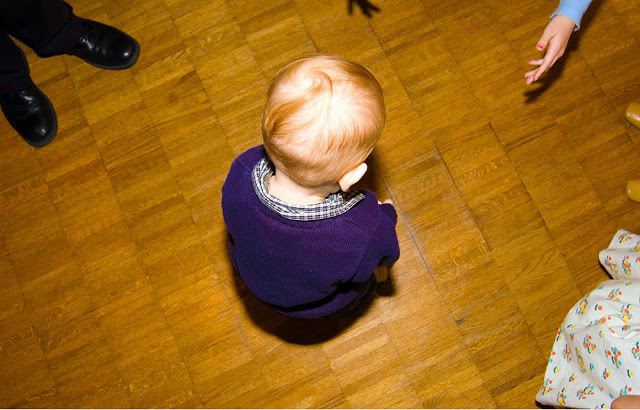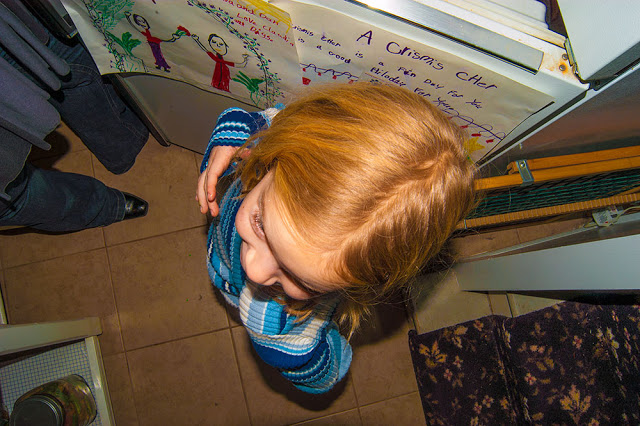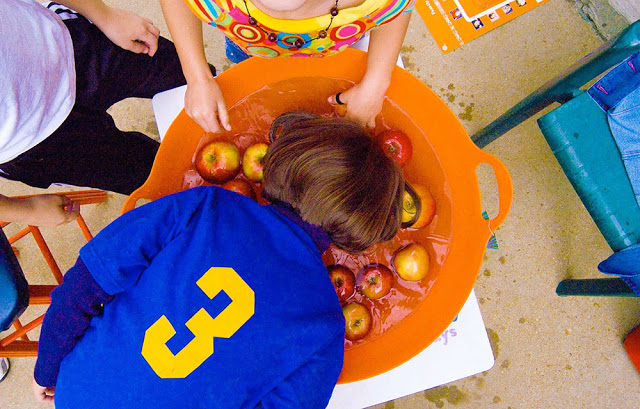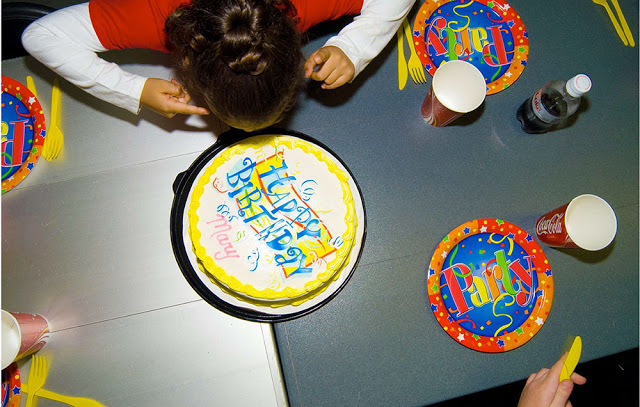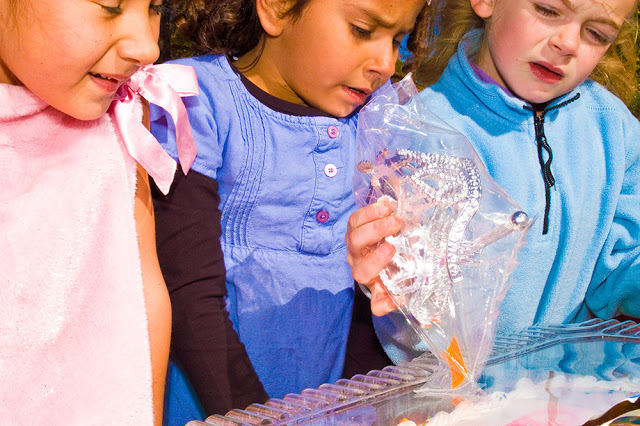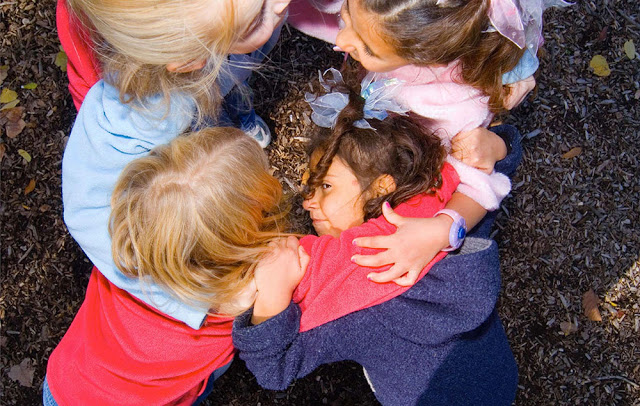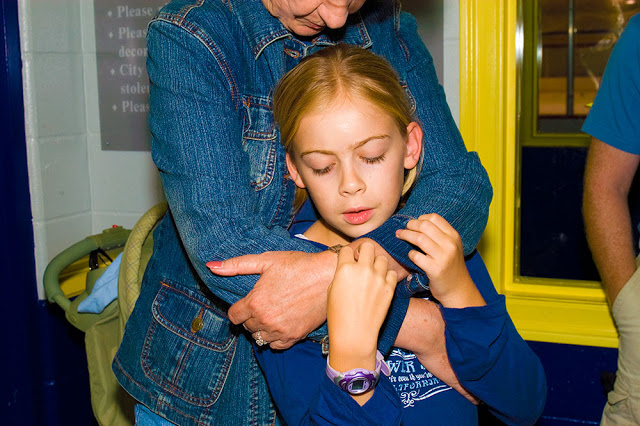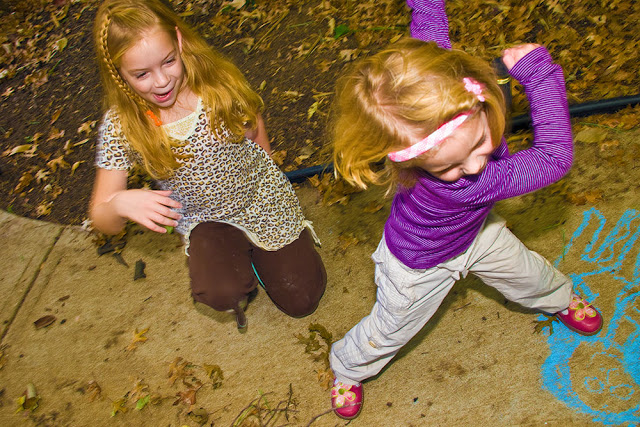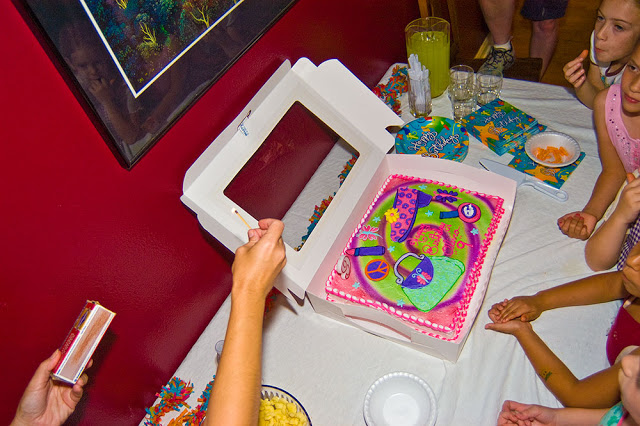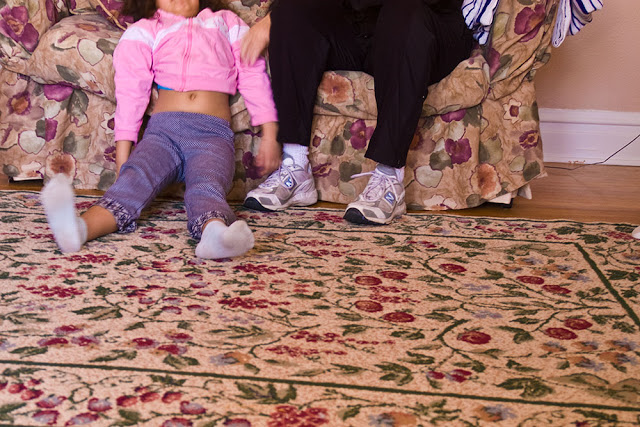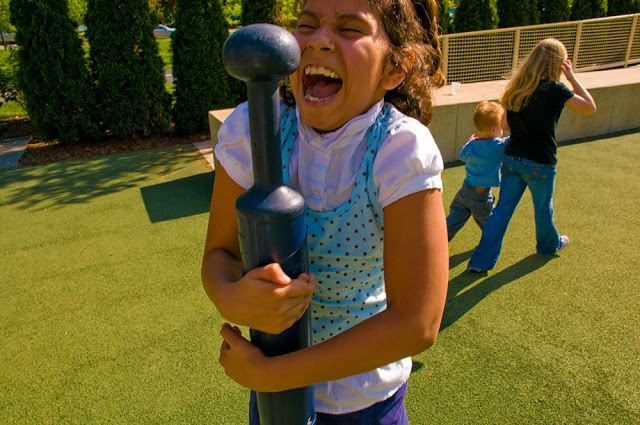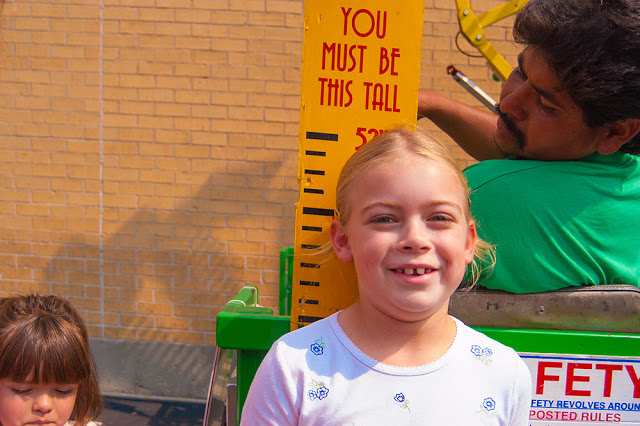Dan Younger: Some Kids
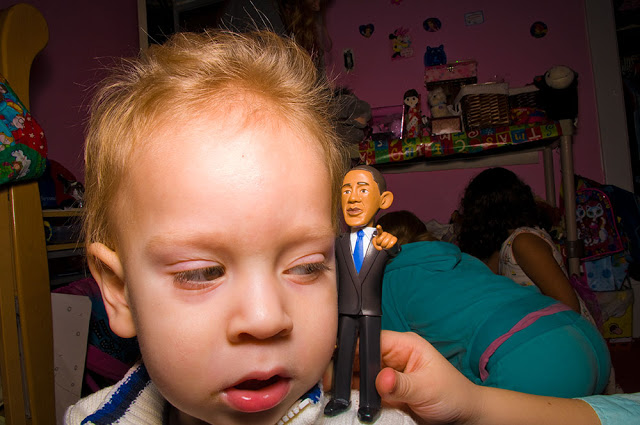
Never before have so many fine art and documentary photographers turned their lenses on the world within the confines of their own front door. Photographers who document family are participant observers–caught between the decision to participate in familial activities or capturing their loved ones with photographic interpretation, sometimes at their expense. Dan Younger has created a portfolio called “Some Kids” that are photographs of children at parties and at play. He prides himself with transforming subject matter that is mostly the province of amateurs: vacations and children. This work will be featured in “Photaumnales 2013” an international photo festival in the French town of Beauvais, this September.
Dan is a Professor of Art, founder and former chair of the Department of Art and Art History at the University of Missouri in St. Louis. He has over 200 national and international shows, and his work is in numerous public collections. Younger’s photographs have also been used in the sets of NBC’s “The Biggest Loser”, on ABC’s “Meet the Newlyweds” on Fox’s “ I Married a Stranger” and on VH1’s “Scot Baio is 45 – And Still Single”. Tony Marsh, Emmy winning director of “Newlyweds”, wrote that Younger’s photographs are “bold and evocative. They do not merely document, but beckon you to wander around in the sublime space between first impression and fond memory”.
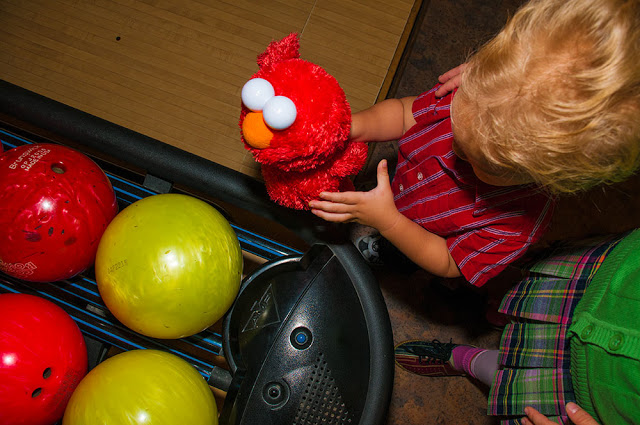 The majority of typical family pictures have a limited audience. They tend to be of interest only to those closest to the family, and have a limited use for a general audience. For the photographer’s family and friends, the story implied is completed by their intimate knowledge of the parent, his or her history and situation. However, to a casual and distant viewer, family photographs appear as a cliché, both trite and formulaic. But as an artist whose intent is to interest a wide set of viewers in galleries and museums, I have to expand the circle of interested viewers.
The majority of typical family pictures have a limited audience. They tend to be of interest only to those closest to the family, and have a limited use for a general audience. For the photographer’s family and friends, the story implied is completed by their intimate knowledge of the parent, his or her history and situation. However, to a casual and distant viewer, family photographs appear as a cliché, both trite and formulaic. But as an artist whose intent is to interest a wide set of viewers in galleries and museums, I have to expand the circle of interested viewers. In 1977 my daughter Mercedes was born and I was faced with a dilemma. I knew that I would be faced with expending a lot of film on images of her, interesting to her parents and grandparents, but not much use to my gallery career. After a time, I found a way to make pictures of my daughter that became more than just “family” photos. Soft, grainy and blurred (how can you keep a 1 year old still?), they became a useful portfolio. By 1979 the collection, now called “One Kid: The ‘M’ Portfolio” had been successfully exhibited at En-Jay Gallery in Boston and other national galleries.
When I remarried several years ago, I “inherited” five grandchildren and my new family began to be included in the pictures I made. Since I am, as a professor of photography, the “camera guy”, I became the default recorder of family events. . However, I have learned a bit from the photographic portfolio of my daughter. And I began to look for those images that would speak to a larger audience, outside of our small family circle.
These new images worked better when some mystery resided in the work – when not everything was explained. By giving viewers a certain amount of freedom, and challenging them to personally narrate the picture, they can invest a bit of intellectual capital in the photograph, increasing the visual experience. Here the view also seems to isolate and focus on details instead of the entire scene.
Posts on Lenscratch may not be reproduced without the permission of the Lenscratch staff and the photographer.
Recommended
-
Earth Month Photographers on Photographers: Josh Hobson in Conversation with Kes EfstathiouApril 19th, 2024
-
Earth Month Photographers on Photographers: Leonor Jurado in Conversation with Jessica HaysApril 18th, 2024
-
Ruotong Guan: Falling. Slowly. but,April 13th, 2024
-
Seth Adam Cook: As Big As The SkyApril 12th, 2024
-
Michael Borowski: AzurestApril 11th, 2024

